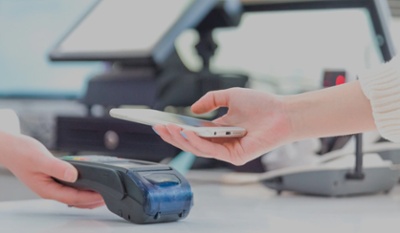What is HubSpot Service Hub and, what are its tools?
Discover HubSpot's service module, tools, how they automate the service team and improve the customer experience.
5 min read
Por Alfonso Ramírez | May 10, 2022
Find out what HubSpot surveys are, what they are for, the types of surveys you can develop within the CRM and how they bring value to the customer.
HubSpot, by essence, has been characterized as a CRM with omnichannel functions, tools, and work modules that are very versatile and efficient, seeking to improve your company's processes and the experience in the cycle based on the customer. Therefore, in its customer journey. One of these essential modules is the service module, better known as the Service Hub.
Within the Service, Hub is a tool that personalizes the approach with customers, studies their behavior, loyalty, commitment to your brand, satisfaction, and measures your teams' attention and support response. This tool is known as HubSpot's feedback survey.
In this blog, we will address this customer feedback software through the following topics:
What are HubSpot Feedback Surveys, and what is their purpose?
It's no secret that there is always a time when companies need to collect more information to analyze new behaviors of their customers and markets of interest to stay relevant and generate value for their customers or potential prospects.
At that moment, the organization will need to make studies and collect data to generate new statistics and reliable analytics to show with accurate data the current situation and the level of awareness that the customer perceives of your company.
What are the types of surveys that exist on HubSpot?
HubSpot's feedback surveys are essential to constantly measuring your marketing teams' monthly efforts to enrich the customer journey experience.
HubSpot has four types of survey models:
This type of survey follows the following processes:
>> How should you improve the customer experience? <<

>> The power of customer experience design <<

>> Customer experience design in less than 700 words <<

Satisfaction surveys (CSAT) follow the following processes:
If you want to learn what HubSpot tracking code is and how to set it up in your HubSpot environment, I invite you to read the following HubSpot guide:
If you want to learn what HubSpot tracking code is and how to set it up in your HubSpot environment, I invite you to read the following HubSpot guide:
>> How to Install HubSpot tracking code? <<
Why are feedback surveys important to generate customer value?
HubSpot's feedback surveys are a convenient tool to always keep in touch with the customer. It is to understand how they have perceived the quality of the experience they receive from our company, the perceived experience attention and the response of tickets, and the relationship with our brand for the last months or even years. These are responsible for nurturing them and generating value when perhaps they did not think of us, or otherwise, we are part of critical day-to-day stages.
Feedback surveys measure the performance of months of work and different efforts of the commercial departments (marketing, sales, and customer service, among others). Surveys can be of great importance when designing new strategies to address customer experience, and these function as base indicators for the latest techniques and planning to be carried out.
If you are interested in learning more about how to create, segment, and develop strategies and measurements of your customer's experience and the relationship they have with your company, schedule a meeting with one of our consultants.

Discover HubSpot's service module, tools, how they automate the service team and improve the customer experience.

Find out what HubSpot Payments are, how you must use them, and how it helps your business facilitate the customer checkout experience.

Find out what HubSpot playbooks are, how to use them and why they are indispensable guides for your company sales teams.